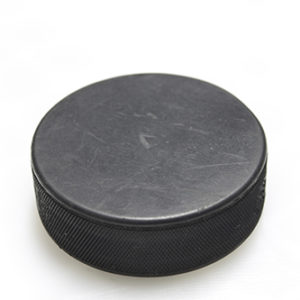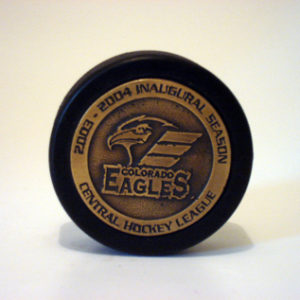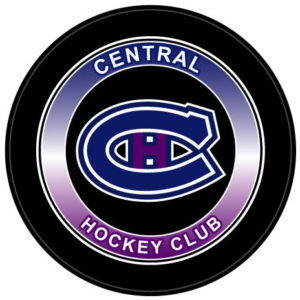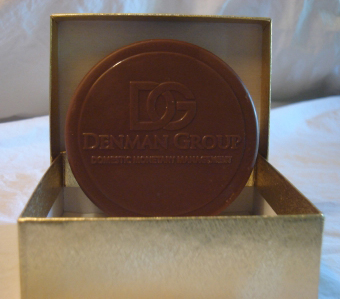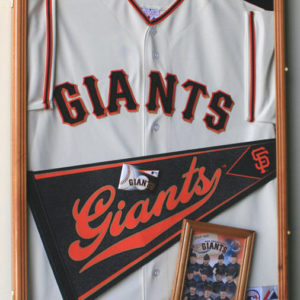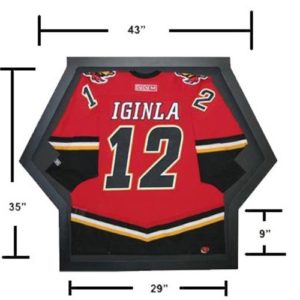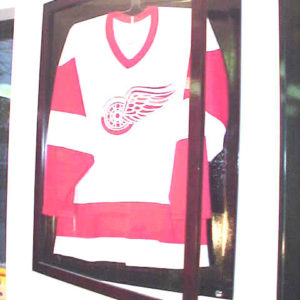Roller hockey pucks are made for those who enjoy rollersports just as they are also for ice hockey enthusiasts off the ice. Roller hockey pucks are different from regular ice hockey pucks in that they were developed to be used on multiple kinds of smooth surfaces similar to those such as a skating rink. Roller hockey pucks can be used on wood, asphalt, cement, or any sturdy yet smooth and level surface. Sometimes known as inline hockey, it is not always played with a puck, but in the US college leagues, pucks are standard.
Roller hockey pucks only came around with the invention of roller hockey as galvanized rubber has a tough time slipping on a skating rink, and has a much better time rolling. Hardball hockey, or even rink hockey that uses a ball, does so in a traditional sense, as Hurley (probably the origin of ice hockey), uses a ball. In indoor rollerskating rinks, roller hockey players that wanted to really practice ice hockey in the off season probably were the inventors of roller hockey pucks. They are quite different from roller hockey balls, because they need to slide around on the floor without rolling around like a lost ball. Hockey pucks themselves come from the galvanized rubber ball used in Hurley and hardball hockey, cutting off the top and bottom, leaving what we know of as the puck.
Roller hockey pucks use the same principle as that used in inventing the ice puck, but use pins or rollers to keep themselves sliding along the floor. Teflon pins are used to keep the surface of the puck out of contact with the floor and still maintaining an excellent weight and feel close to the sensation of an ice hockey puck. When a surface is less smooth, such as in the case of asphalt, inline street hockey pucks use rollers instead of pins. Teflon is great for smooth gliding on wooden surfaces because it won’t mark up the floor.
Especially quad hockey, gives roller hockey pucks the best of their performance. Unlike inline roller hockey, quad hockey played with roller hockey pucks can offer the kind of maneuverability that ice hockey players possess. Inline roller skates were the first skates ever invented back in 1760 France by Jean-Joseph Merlin. Apparently he invented them to wear to a party where he crashed into a very expensive mirror. But the first quad skates set to two side-by-side pairs, in Medford, Massachusetts by James Leonard Plimpton in the year 1863. In attempting to improve inline designs, Plimpton managed to make roller skating so popular that the first skating rink was built in 1866.
Real advancements however began in 1876 with the invention of the ball bearing inside William Brown’s roller skate wheel with two axle surfaces that used Joseph Henry Hughes’ ball bearing design for bicycles and carriages later given a patent in 1877. In Birmingham, England at that time, roller skates were a pleasurable pastime and inspired the market of realistic invention. But roller hockey didn’t see itself in parallel with ice hockey again until some 220 years after the invention of the first inline skate in the year 1979 when Brennan and Scott Olson of Minneapolis, Minnesota found a pair of inline skates built by the Chicago Roller Skate Company in the 1960’s.
Rollerblade Inc. was born and whole new perspectives in roller hockey were completely given birth to. Roller hockey pucks however only appeared in 1994 with the use of the sport court, a place for ice hockey like roller hockey. The roller hockey pucks with Teflon were originally developed for use on the sport court and later in 1996 the roller hockey pucks made with plastic or steal rollers instead of pins were used out in the street for asphalt road hockey tournaments (still an unofficial, yet widely played game).
Roller hockey pucks come from the desire to use our muscles and get competitive exercise in a team sport. Everyone who enjoys roller hockey will enjoy developing the techniques that come with a floor hugging roller hockey puck, just as much as a ball, if not more. Ice Hockey pucks are used mostly on indoor ice hockey matches, but playing roller hockey can be a good way to train when traveling abroad or just when there is no ice to practice on. Roller hockey pucks are especially great for weekends with neighbors at barbecues during friendly game of road hockey. Either inline or quad hockey experts that use roller hockey pucks get the most out of their training.

